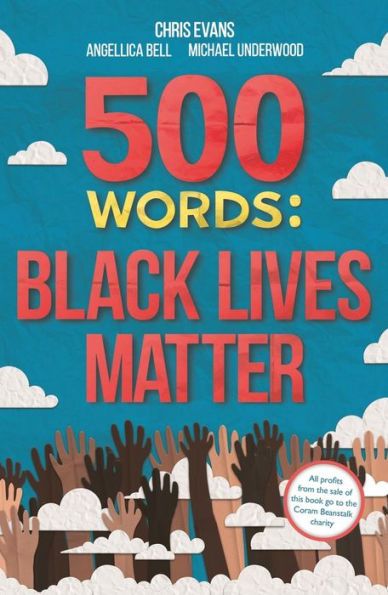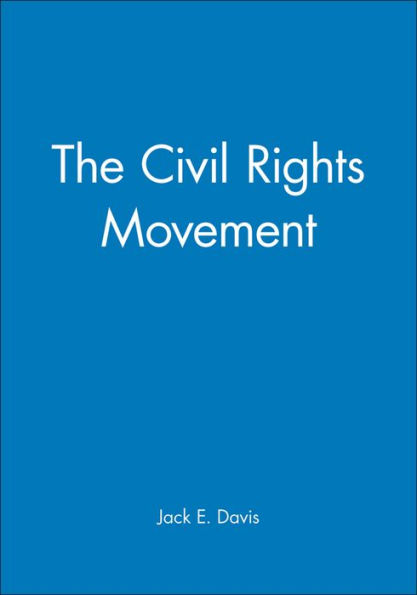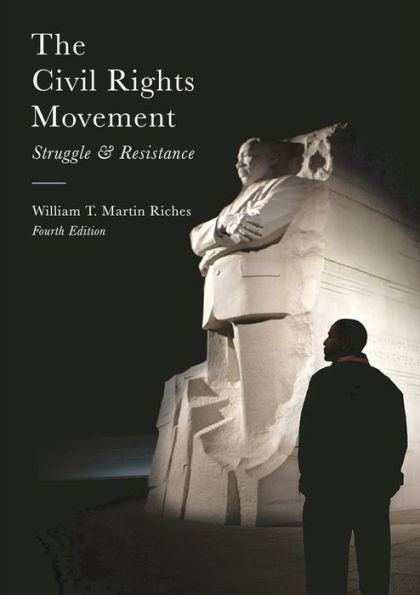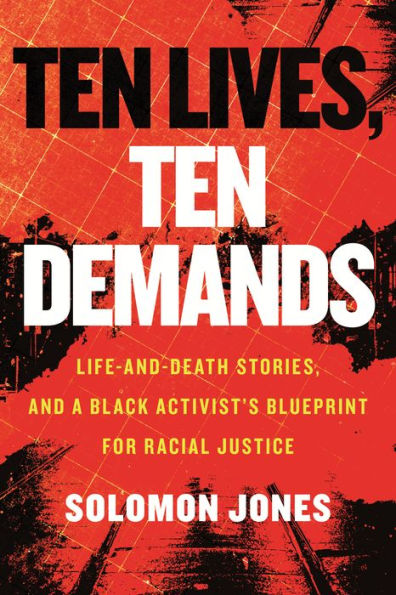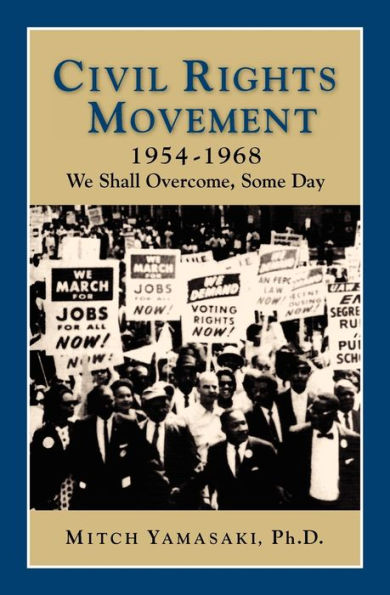Home
Short Stories of the Civil Rights Movement: An Anthology
Loading Inventory...
Barnes and Noble
Short Stories of the Civil Rights Movement: An Anthology
Current price: $99.99
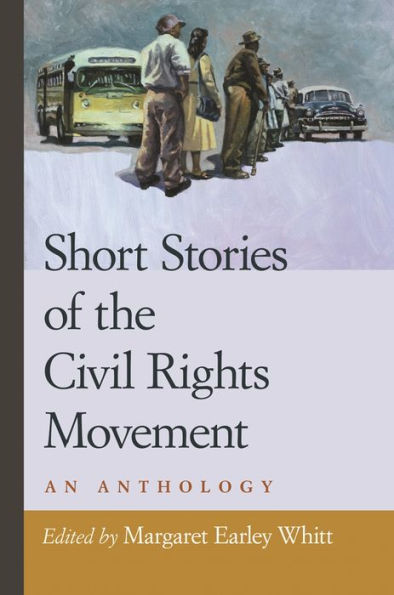

Barnes and Noble
Short Stories of the Civil Rights Movement: An Anthology
Current price: $99.99
Loading Inventory...
Size: OS
*Product Information may vary - to confirm product availability, pricing, and additional information please contact Barnes and Noble
During the civil rights era, masses of people marched in the streets, boycotted stores, and registered to vote. Others challenged racism in ways more solitary but no less life changing. These twenty-three stories give a voice to the nameless, ordinary citizens without whom the movement would have failed. From bloody melees at public lunch counters to anxious musings at the family dinner table, the diverse experiences depicted in this anthology make the civil rights movement as real and immediate as the best histories and memoirs.
Each story focuses on a particular, sometimes private, moment in the historic struggle for social justice in America. Events have a permanent effect on characters, like the white girl in "Spring Is Now" who must sort through her feelings about the only black boy in her school, or the black preacher in "The Convert" who tells a friend, "This thing of being a man . . . The Supreme Court can't make you a man. The NAACP can't do it. God Almighty can do a lot, but even He can't do it. Ain't nobody can do it but you." If a character survives—and some do not—the event can become a turning point, a vision for a better world.
The sections into which the stories are grouped parallel the news headlines of the day: School Desegregation (1954 on), Sit-ins (1960 on), Marches and Demonstrations (1963 on), and Acts of Violence. In the last section, Retrospective, characters look back on their personal involvement with the movement. Twenty writers—eleven black and nine white—are represented in the collection. Ten stories were written during the 1960s. That the others were written long after the movement's heyday suggests the potency of that time as a continuing source of creative inspiration.
